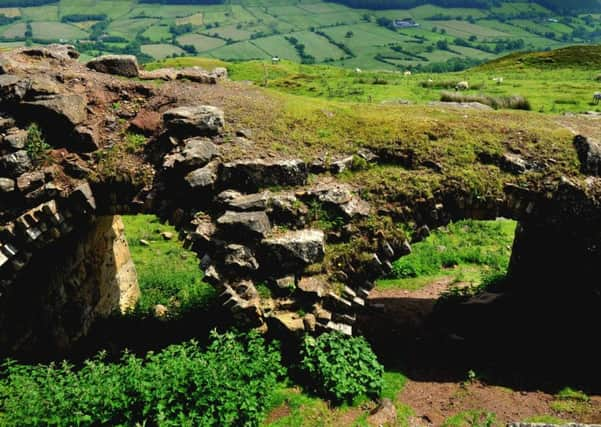Pastoral scene that owes a debt to shock and ore


Indeed in many ways it is, capturing as it does the top of Rosedale Chimney Bank deep in the heart of the North York Moors National Park, close to Rosedale Abbey.
Nestled among green fields, Rosedale Abbey is the epitome of a sleepy English village, with honey-coloured houses, a welcoming tea room and a well-kept village green.
Advertisement
Hide AdAdvertisement
Hide AdBut rewind 160 years and the air here would have been full of soot and steam. Instead of birdsong, the clanking of machinery and the shouts of men hard at work would have rung in your ears. It certainly wouldn’t have been the bucolic tourist attraction it is today.
By the middle of the 19th Century the Industrial Revolution was in full swing and Britain led the world in the development of railways and steamships which increased the demand for iron.
It led to the creation of new iron-ore mines like the one around Bank Top at Rosedale which opened in 1855 and flourished for 30 years, producing around three million tons of ore in that period.
The ore was carried out by a single-track railway, opened in 1861, which also served the mines on the other side of the dale.
Advertisement
Hide AdAdvertisement
Hide AdThis transformed the local area. Before the arrival of iron-ore mining in the 1850s, Rosedale’s population stood at just over 500; but just 20 years later, when the industry was at its peak, it had soared to more than 5,000.
The 100ft-high chimney which served the mine and stood here for more than a hundred years was demolished in 1972 after it was deemed unsafe. The destruction of this famous old landmark caused some controversy at the time among those who felt Rosedale was losing part of its heritage.
Today, the archways you see are all that remains of the industrial legacy here, one that helped power a country to greatness.
Technical details: Nikon D3s camera with a 24-70mm lens at 24mm with and exposure of 1/320th sec at f11 at 400 iso
Picture: Gary Longbottom
Words: Chris Bond